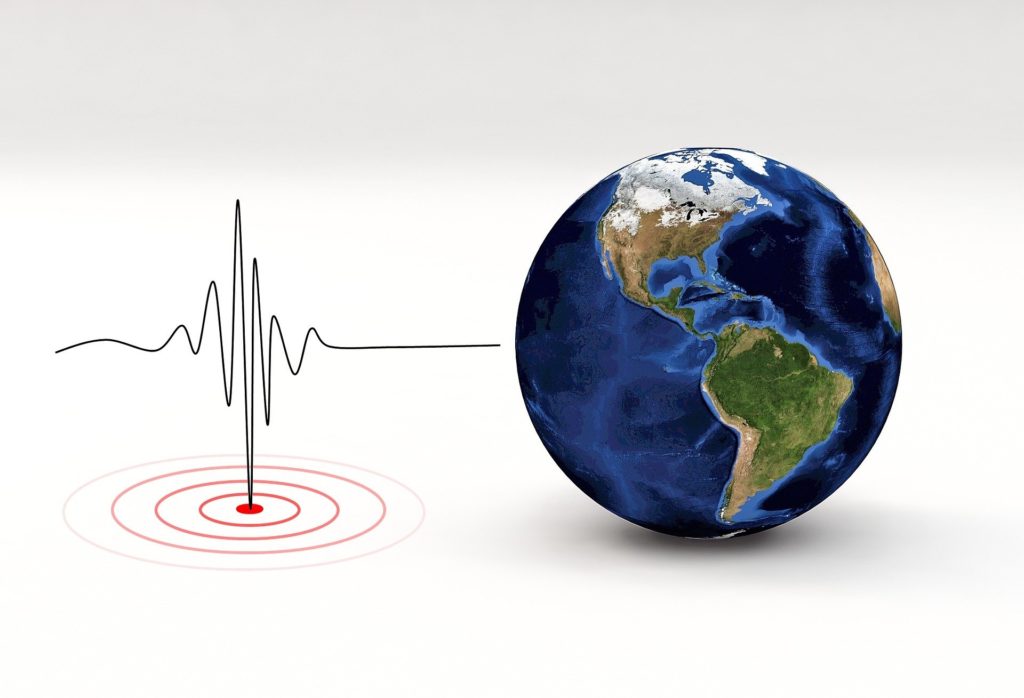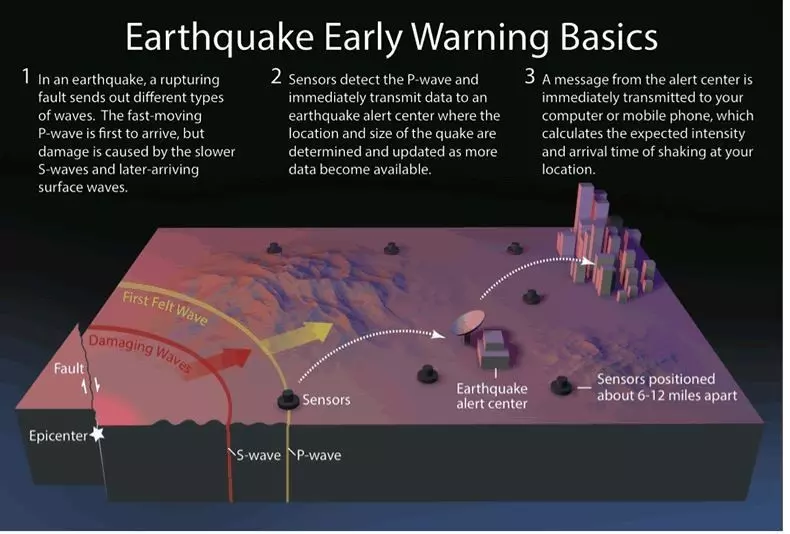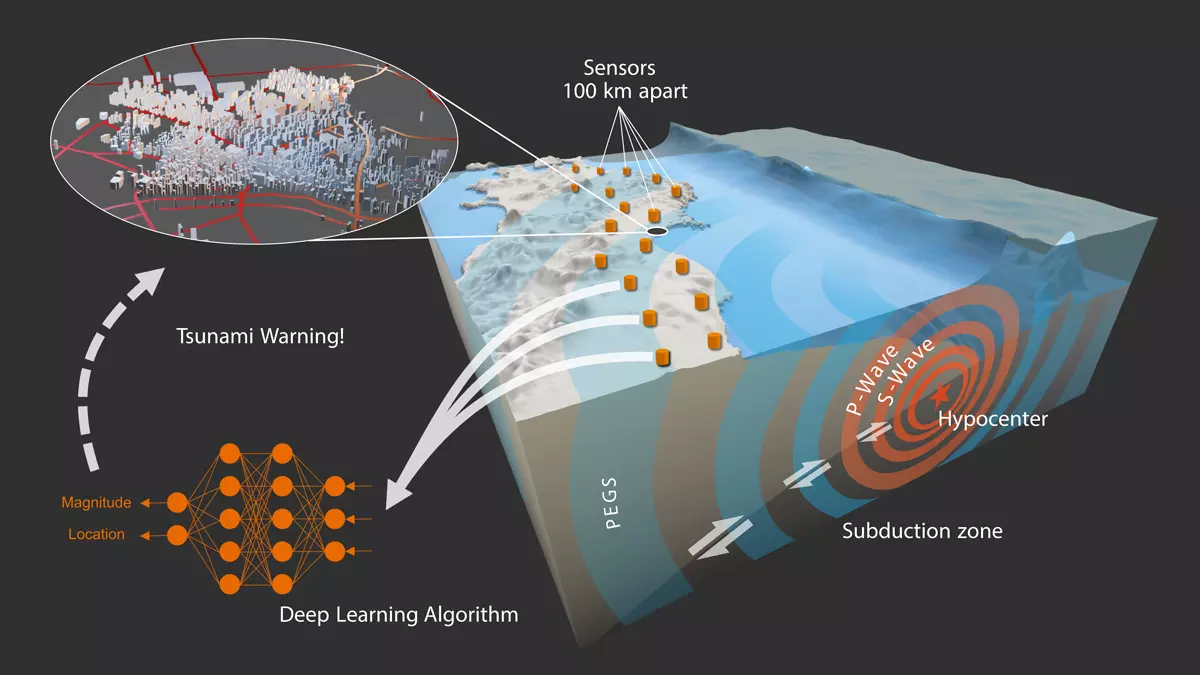Comments
- No comments found

Applying deep learning in disaster management will help governments in making rapid decisions and saving lives in the event of a natural disaster.

Deep learning models trained on data collected from past earthquakes can analyze real-time seismic data and issue advanced earthquake warnings.
Large-magnitude earthquakes cause catastrophic damage, often triggering other natural disasters like landslides, tsunamis and fires. A recent example of an earthquake is the 6.1 magnitude earthquake in Afghanistan, which killed 1000 while injuring more than 1500 people. Current earthquake warning systems detect an earthquake in progress and rapidly estimate the location and magnitude of the earthquake before broadcasting it to everyone. This system gives people a few seconds to evacuate and move themselves to safety. The use of AI in disaster management can speed up the process of earthquake detection, leading to early earthquake warnings that will give people more time than the current system to evacuate from the location. Deep learning can accelerate early earthquake detection by analyzing real-time seismic data and providing an accurate estimate of the earthquake start time and intensity.

An earthquake of a large magnitude has a subtle effect on the earth’s gravitational field. When a massive portion of the earth’s crust is displaced in an earthquake, the earth’s mass distribution changes, affecting the way gravity pulls on that mass. This change leads to a short-lived gravity signal. This gravity signal can be detected before seismic waves as the speed of the gravity signal is very close to the speed of light. As the gravity signal is faster than seismic waves, this signal data helps in detecting early tremors. A deep learning algorithm is trained on the data of past earthquakes and hypothetical records that mimic large earthquakes. The data contains records of seismic waves, i.e., p-waves and s-waves, gravity signals, location, date and time of the earthquake and many more measurements. This deep learning algorithm is trained to detect the beginning of an earthquake and estimate its size using the gravity signal.
Scientists used this deep learning model on the real-time data collected during the 2011 Tohoku earthquake in Japan. The model took about 50 seconds to provide an accurate output for the earthquake size and starting time. In the case of coastal earthquakes, the size of a tsunami can be predicted by using the estimated size of the earthquake from the deep learning algorithm.
Intelligent and timely decisions are needed to avert and mitigate the risks in disaster management. AI in disaster management can assist governments in making faster decisions and quickly deploying rescue and relief operations.
Naveen is the Founder and CEO of Allerin, a software solutions provider that delivers innovative and agile solutions that enable to automate, inspire and impress. He is a seasoned professional with more than 20 years of experience, with extensive experience in customizing open source products for cost optimizations of large scale IT deployment. He is currently working on Internet of Things solutions with Big Data Analytics. Naveen completed his programming qualifications in various Indian institutes.
Leave your comments
Post comment as a guest